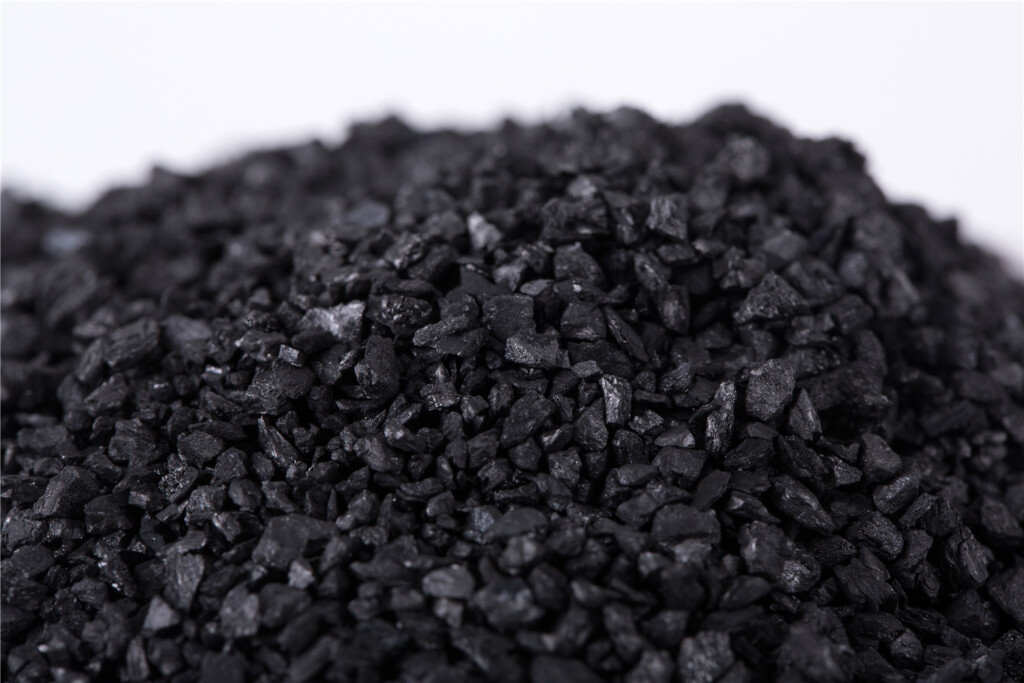In recent years, the growing emphasis on sustainable waste management has brought waste incineration to the forefront of environmental discussions. As countries strive to reduce landfill use and lower greenhouse gas emissions, the role of advanced technologies in waste incineration becomes increasingly vital. One such technology is the use of activated carbon, a powerful material that significantly enhances the efficiency and effectiveness of waste incineration processes. This article explores the importance of activated carbon in waste incineration and how it contributes to cleaner air and improved waste management practices.
Activated carbon plays a crucial role in the air quality control of waste incineration facilities. During the incineration process, various harmful pollutants, including dioxins, furans, and heavy metals, can be released into the atmosphere. By integrating activated carbon into the filtration systems, these harmful substances can be effectively adsorbed, ensuring that the emissions comply with stringent environmental regulations. This not only protects public health but also enhances the reputation of waste incineration as a viable waste management solution.
Improved Efficiency in Waste Incineration
The incorporation of activated carbon in waste incineration systems can lead to improved operational efficiency. Activated carbon has a high surface area and porous structure, which allows it to capture a wide range of pollutants with remarkable effectiveness. This capability means that less activated carbon is required to achieve the same level of purification, reducing operational costs and minimizing waste. Consequently, waste incineration facilities that utilize activated carbon can operate more sustainably, balancing economic viability with environmental responsibility.
Cost-Effective Solution for Waste Management
Investing in activated carbon for waste incineration not only improves environmental outcomes but also offers significant cost benefits. The reduction in emissions leads to lower compliance costs, as facilities can avoid hefty fines associated with environmental violations. Moreover, the enhanced efficiency of the incineration process means that energy recovery can be maximized, providing additional revenue streams through the sale of energy generated during waste processing. Thus, activated carbon serves as a cost-effective solution for modern waste management practices.
Sustainability and Future Innovations
As the global community increasingly prioritizes sustainability, the role of activated carbon in waste incineration is likely to expand. Researchers are exploring innovative methods to enhance the performance of activated carbon, such as incorporating bio-based materials or developing new regeneration techniques. These advancements promise to further improve the efficiency and effectiveness of waste incineration, making it an even more attractive option for waste management in the future. By leveraging activated carbon, waste incineration can evolve into a cleaner, more sustainable practice that aligns with global sustainability goals.
In conclusion, the importance of activated carbon in waste incineration cannot be overstated. It not only enhances air quality control and operational efficiency but also represents a cost-effective and sustainable solution for modern waste management. As industries and governments continue to seek innovative ways to address waste challenges, activated carbon will remain a key player in the evolution of waste incineration practices, ultimately contributing to a cleaner and healthier environment.

